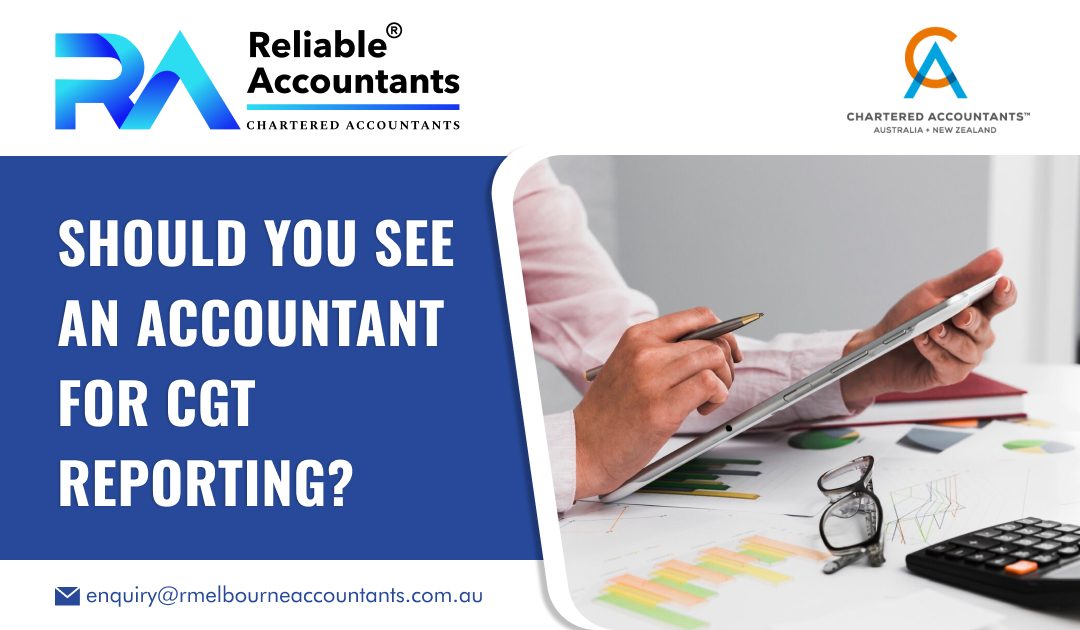Managing capital gains tax is a challenging and complex task, requiring expertise and knowledge. If you don’t know how to deal with capital gains tax, you should get assistance. The accountants in Melbourne aim to simplify the process for you and ensure that you meet required tax obligations while increasing tax efficiency.
What is capital gains tax?
Capital Gains Tax (CGT) is the tax applied to the profits made from selling or disposing of assets, including investments like cryptocurrency, shares, and property. Although it is called ‘capital gains tax’, it’s part of your income tax. It is not considered a separate tax. If you sell assets, a CGT event will be triggered. This is when you have to report capital losses and capital gains in your income tax return. If you have a:
- Capital gain will maximise the tax that you must pay – you can check how much tax you need to pay and set aside funds to cover it.
- Capital loss, you can offset it against any capital gains when they occur in the year, or in future years, and minimise the tax you have to pay – it’s crucial to include losses on your tax return.
Is it worth using an accountant for CGT reporting?
When it’s a matter of capital gains tax accounting, accurate reporting is crucial. The best accountants ensure that your tax reporting and calculations are done with attention to detail. They review your transaction details, financial records, and supporting documentation to ensure compliance with tax laws and rules. By seeking help from reliable accountants, you can have peace of mind knowing that your tax reporting is updated and accurate and ensure that you are meeting legal obligations. The best accountants in Melbourne follow a tested approach to reduce the risk of errors, potential audits, and penalties, making you able to focus on your core activities.
What records do you need to keep for CGT?
You need to record and maintain all financial transactions that are related to your capital gain and loss. The records should be in English or translatable to English. You need to maintain the following records:
- purchase or transfer receipts
- information regarding interest on borrowed money related to the asset
- records of accountant, agent, legal and advertising costs
- receipts of land taxes, rates, and insurance costs
- market valuations
- receipts of repair, modification, and maintenance costs
- details on bank accounts of brokerage fees on shares.
How long to keep records for CGT?
After the year when the CGT event occurs, you need to keep the records for five years.
- Net capital loss
In case you have a capital loss for the year, you must maintain the records of the loss. The loss can be used to offset the capital gain in a later year. There is no limit restriction on how long you can carry forward a net capital loss. You must maintain records of CGT that lead to the loss after you have offset the loss against a capital gain. For accurate record-keeping, you can choose bookkeeping services for small businesses. Individuals and small and medium businesses must keep records further for 2 years, and other taxpayers must maintain records for 4 years.
What is a CGT discount?
When you dispose of an asset, you can minimise your capital gain by 50%, if both of the following apply:
- you have the asset for at least 12 months
- for tax purposes, you are an Australian resident.
This is known as the capital gains tax discount.
How to use the CGT discount?
When you calculate the CGT, you will come to know how to use CGT discount to minimise the tax.
- If you have incurred capital losses from other assets, you can offset these losses against your capital gains before applying the CGT discount.
- If you’re eligible for the discount, you can reduce the remaining capital gain on the asset by 50% and include this adjusted amount in your income tax return.
Conclusion
If you find it difficult to report capital gains tax, you can ask Reliable Melbourne Accountants. We have years of experience in dealing with tax-related matters for our clients.

